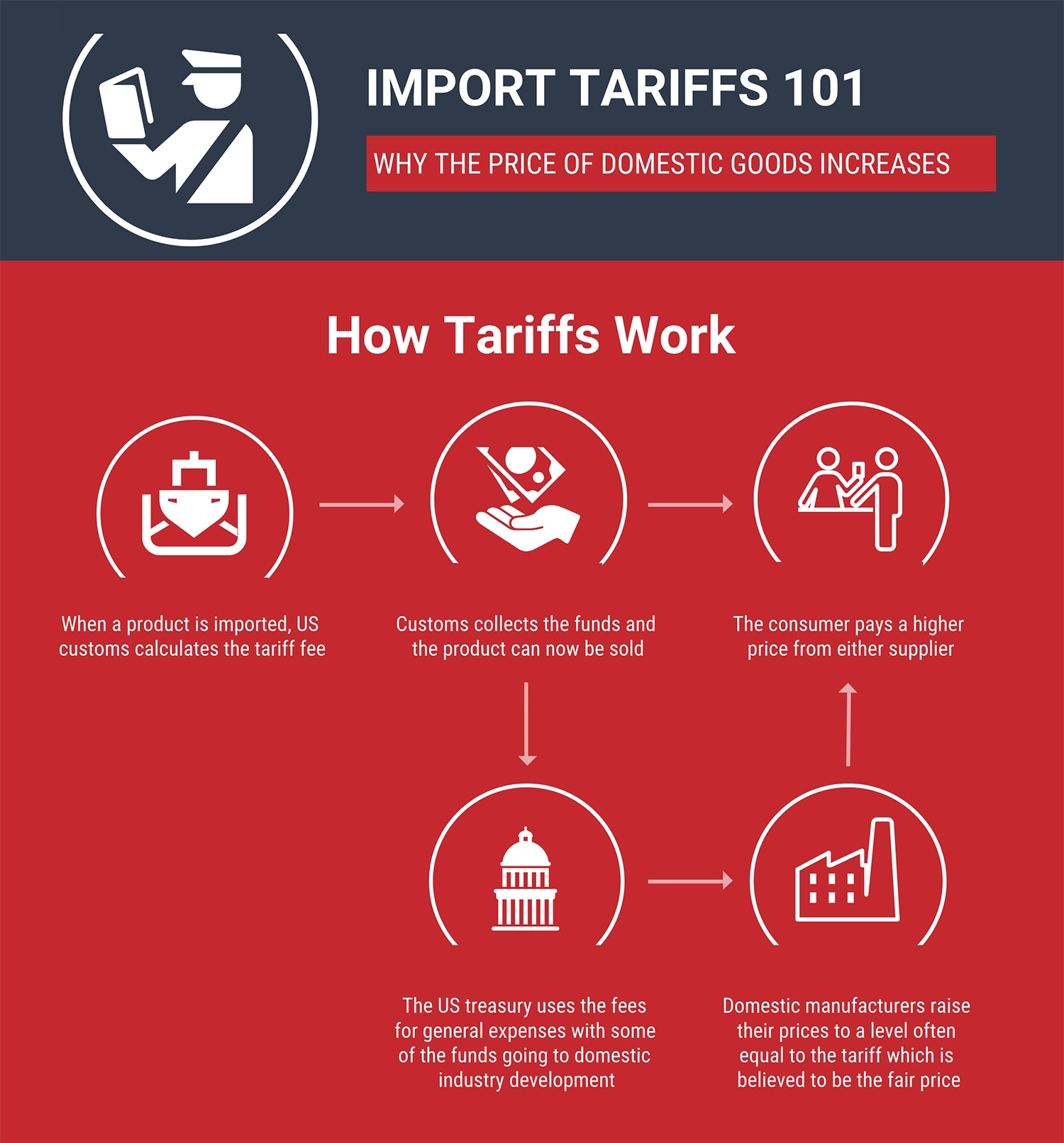Russia and the Tariffs
A few years ago Russia was in the top 5 exporters with an 8% share, however since the war in Ukraine began, Russia and it’s tremendous steel production has dropped out of the top 5 with Taiwan taking its place.
After Russia invaded Ukraine (2022), the U.S. yanked Russia’s normal trade status and moved it to punitive “Column 2” tariffs, then layered extra, Russia-specific duty hikes and sweeping sanctions on its metals and mining sector. That made buying Russian steel costly and risky, so U.S. imports from Russia fell sharply and stayed low.
Taiwan can’t simply plug that hole. Its entire 2024 steel output was about 19 Mt versus Russia’s ~71 Mt – a much smaller base to draw from and many Taiwanese steel products still face U.S. trade barriers (the Section 232 steel tariff, recently increased for most countries, plus ongoing antidumping cases on certain Taiwanese flat-rolled products). Those frictions slow and raise the cost of any rapid shift, so the loss of Russian tons isn’t easily replaced—tightening supply and supporting higher prices.


